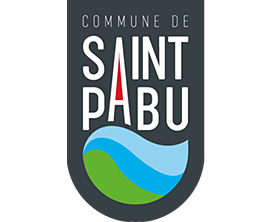Die Perle der Abers
The Aber Benoît flows through six communes and empties into the English Channel 5 km to the south of Aber Wrac’h between the communes of Saint Pabu and Landeda. The GR 34 hiking route follows the course of the river to the north, and to the south, at the estuary in Treglounou, there are some wonderful walks that provide the ideal opportunity to admire the area’s stunning landscape.
The name Aber Benoît appears to come from a mistranslation of the Breton words “aber beniguet”, or “aber beni”. This name may have originally been given in the sixth century by Tugdual and his son Majan, from the two chapels either side of the Aber in Lothonou and Loc Majan.

This ria, which is another name for aber, is 8 km long, winding through fields and wooded landscapes. At low tide, the muddy river bed is exposed and shipping is difficult, but the ria is wide and deep at its estuary, providing some fantastic points for residents and their guests to drop anchor.
The Aber Benoît follows a NW-SE direction, corresponding to old river courses that date back to the Tertiary period. The Aber Benoît basin is made up of two parts: the estuary, which runs for 12 km, and a network of water courses that empty into it. The total area of the Aber Benoît basin is 140 km2.
The Aber is flanked on both sides above Treglonou by forests and parks that create a beautiful landscape to be explored and enchanted by on foot or by boat.
The Aber is also a great place for growing mussels. Where sea water and fresh water from lakes combine, oysters make the most of the plankton that flourish there to develop a wonderfully iodiferous and salty flavour complemented by a strikingly nutty note. Such oysters are greatly prized in many restaurants owned by France’s great chefs. Tasty blue mussels are also grown here.
These places can be discovered by following the mussel and oyster-growing trail.
The Aber is also a popular place for mud flat fishing on the banks and on the sand bars that are exposed when the tide is very low.
